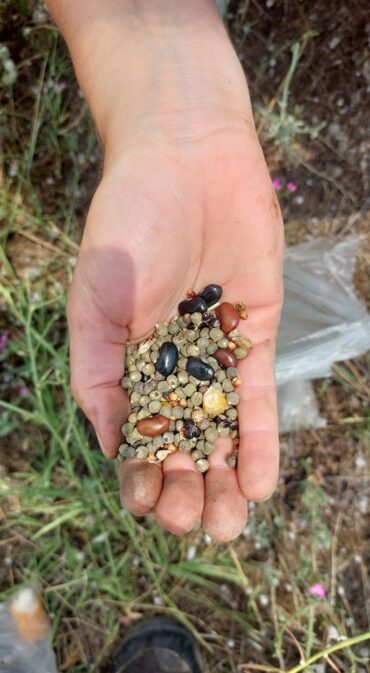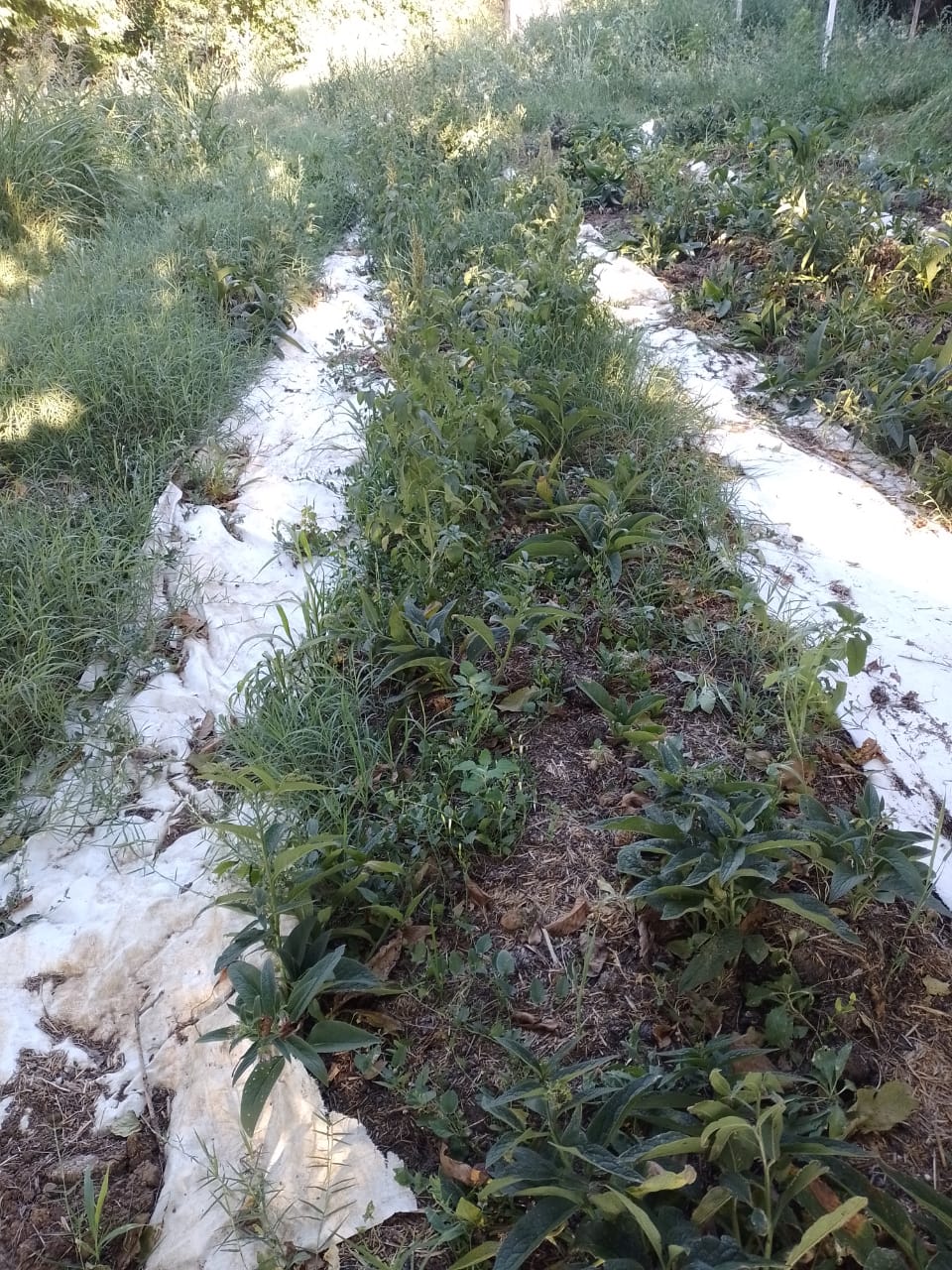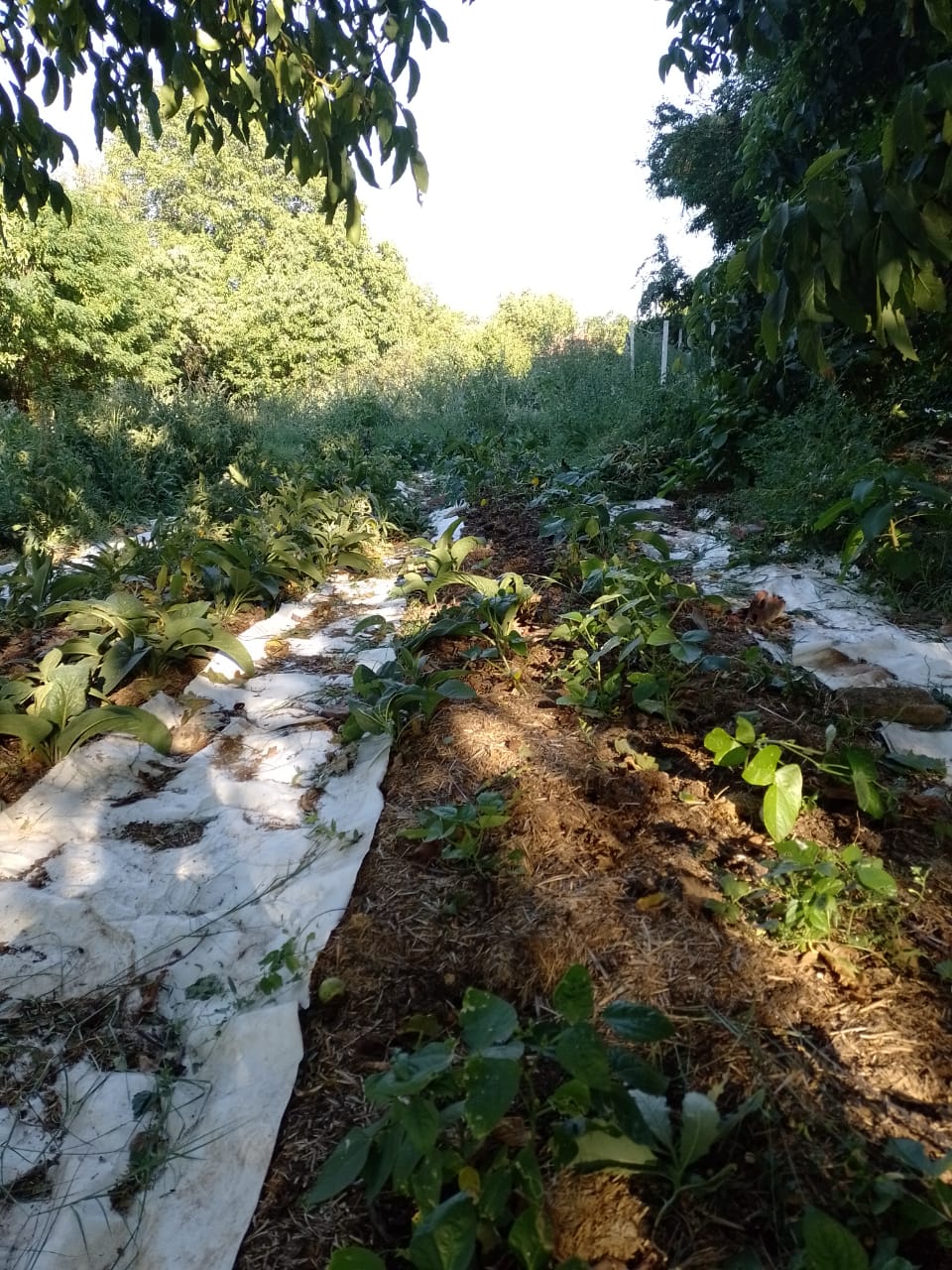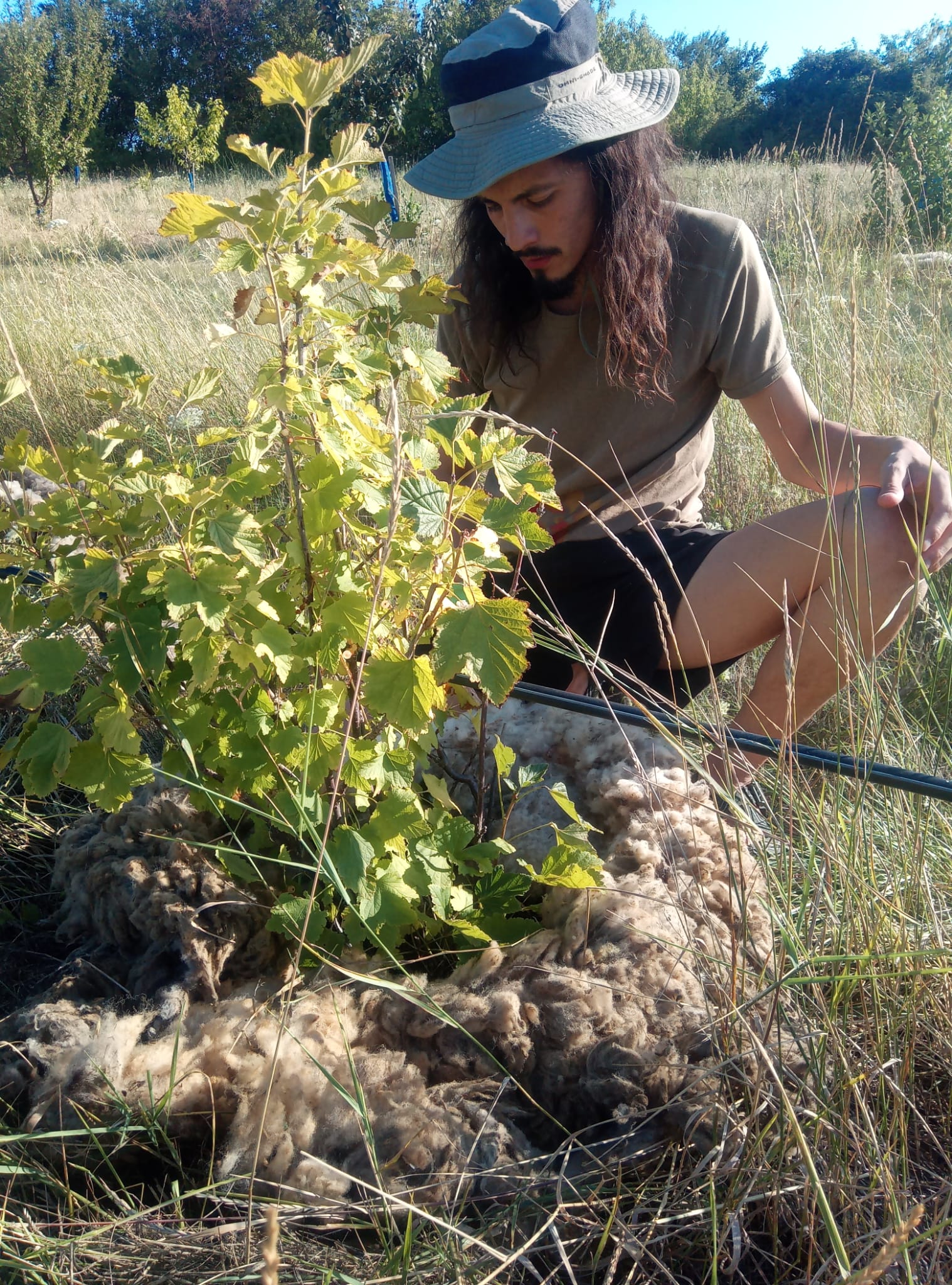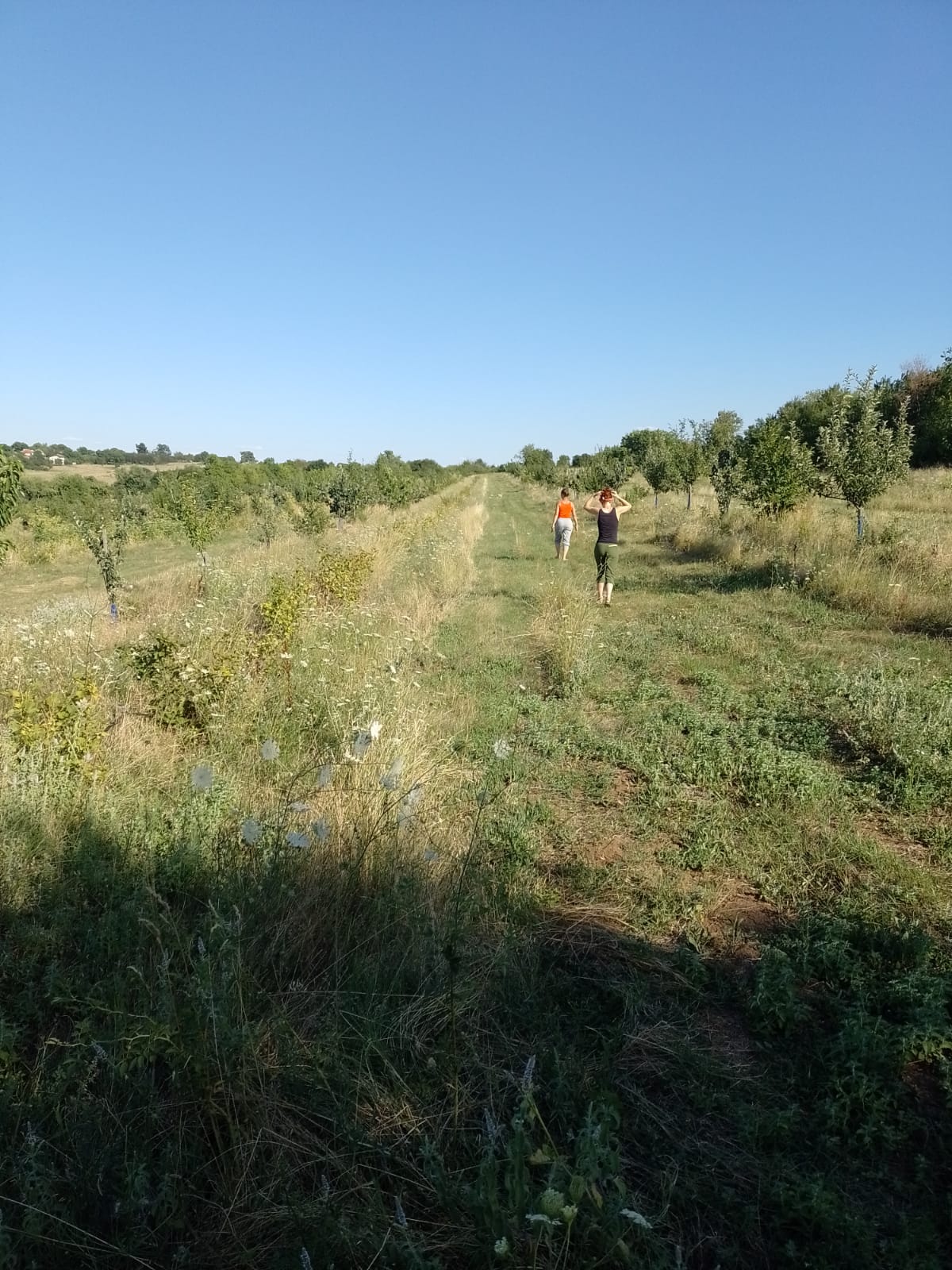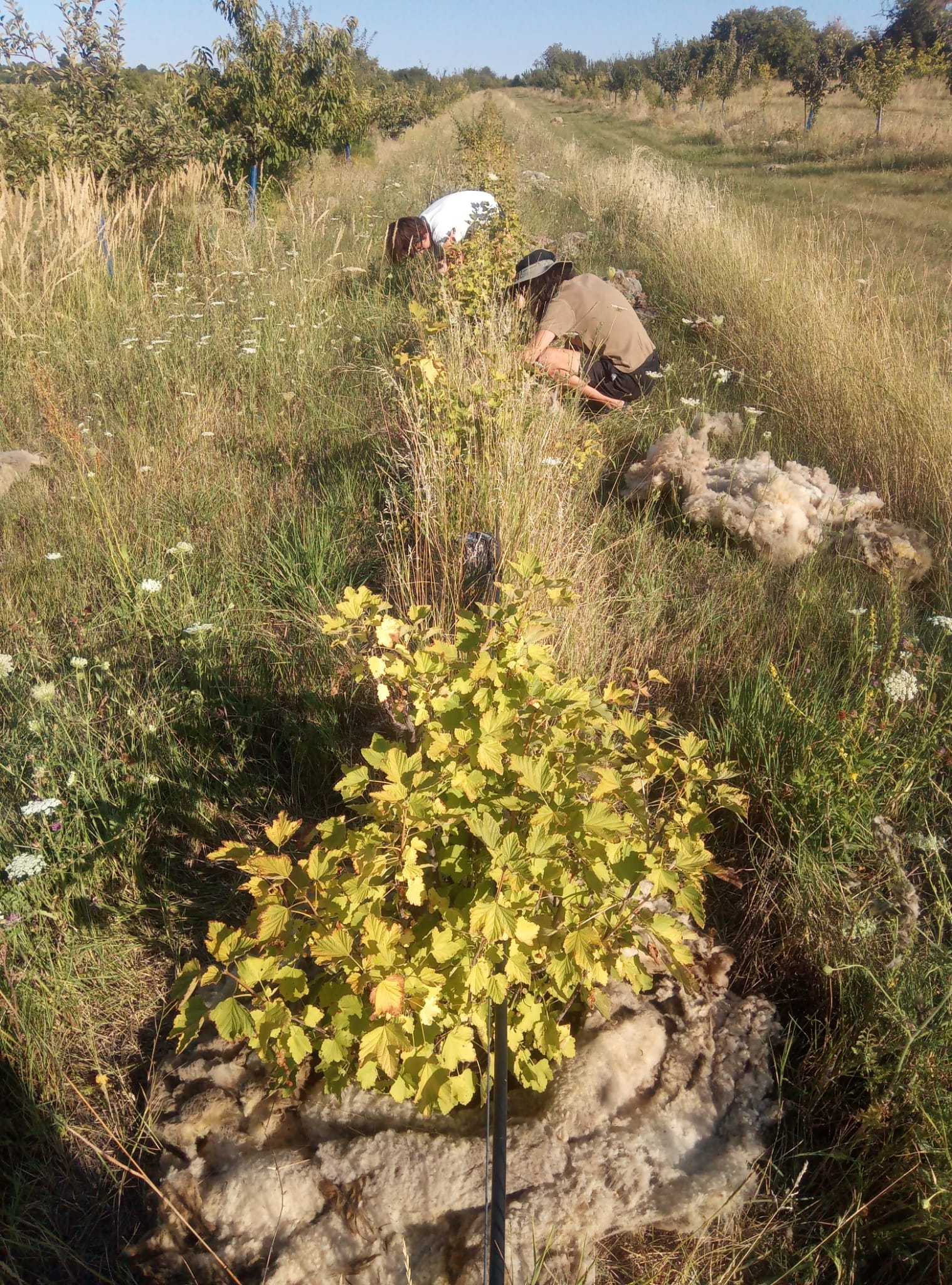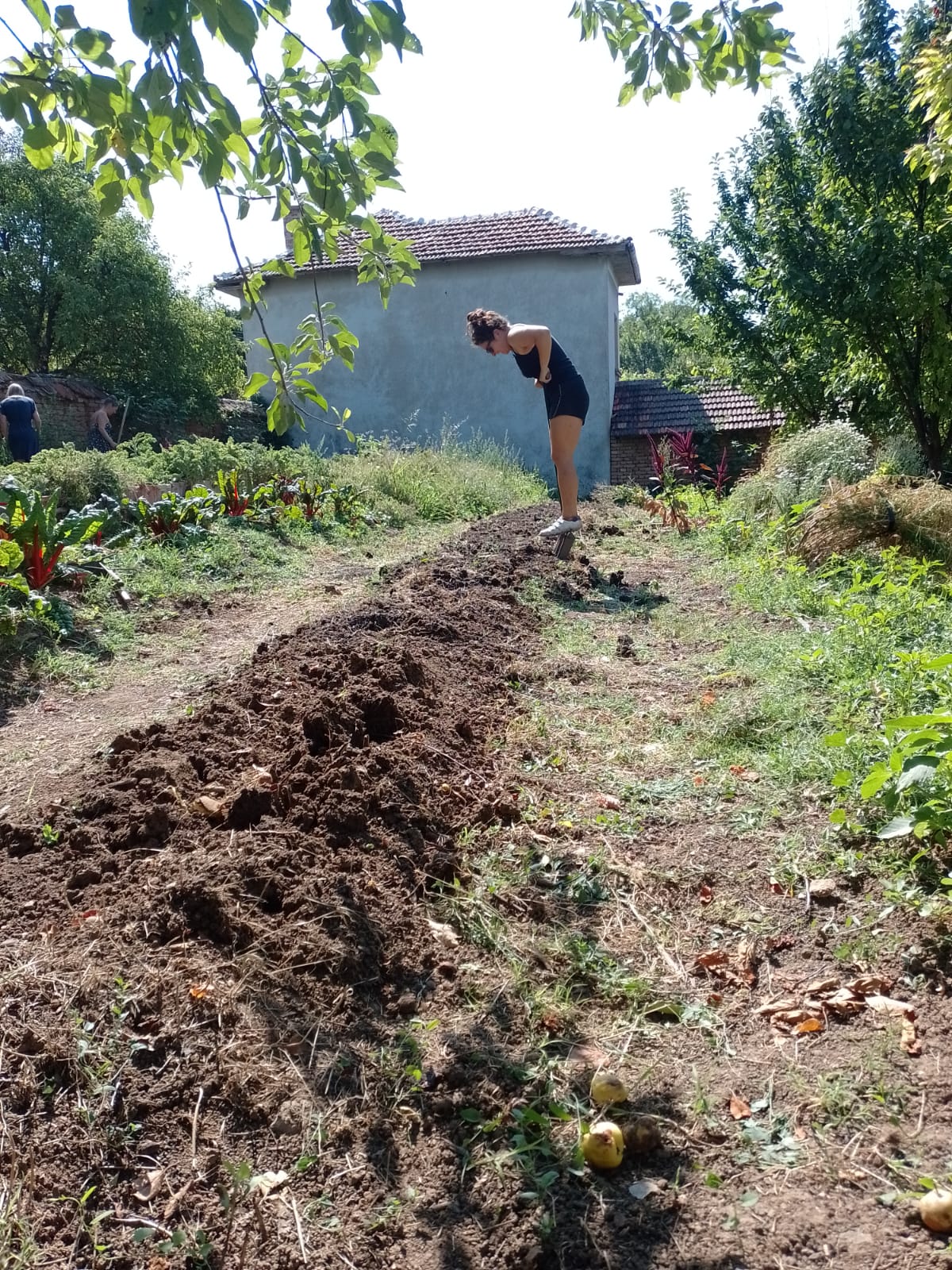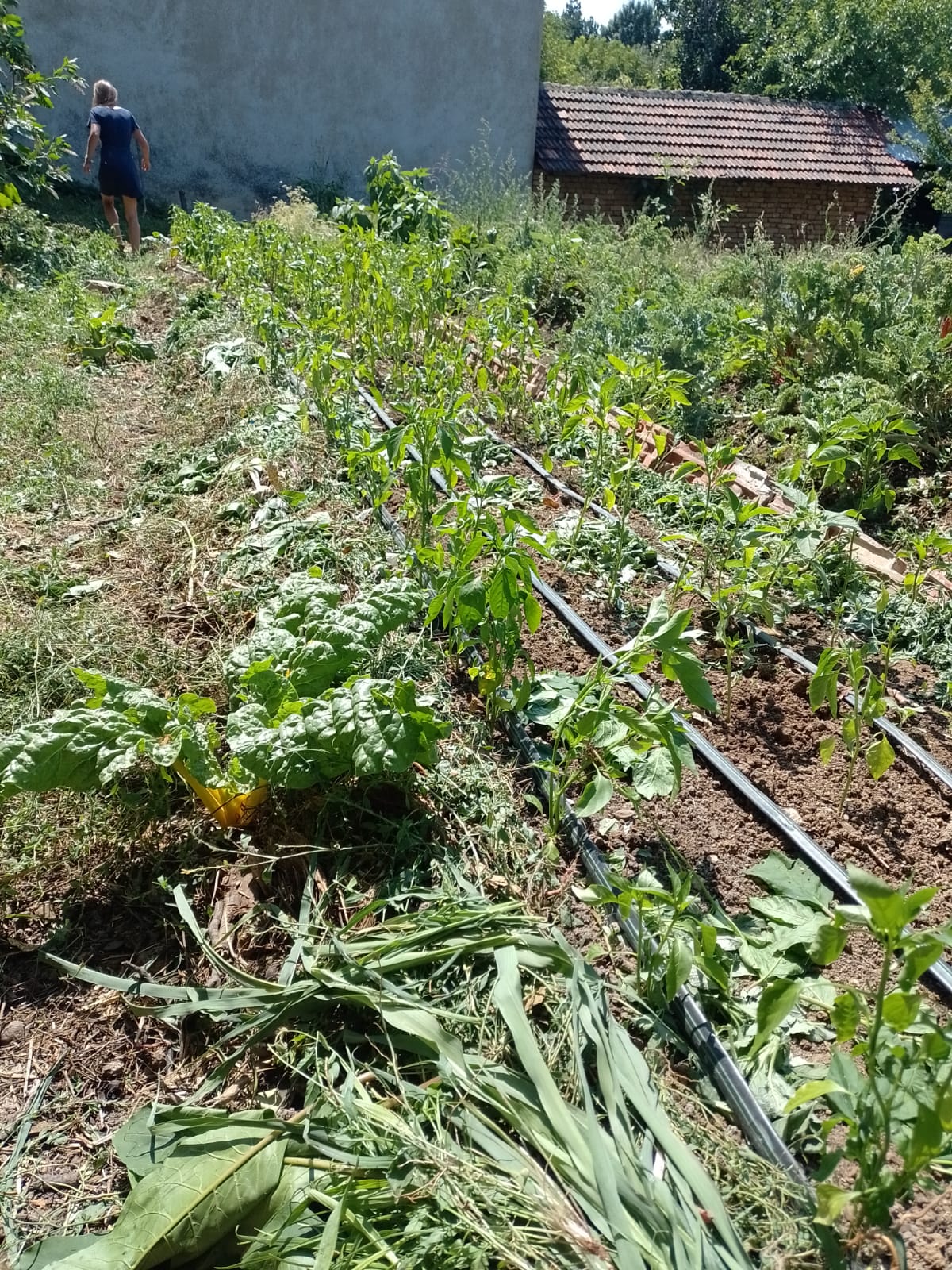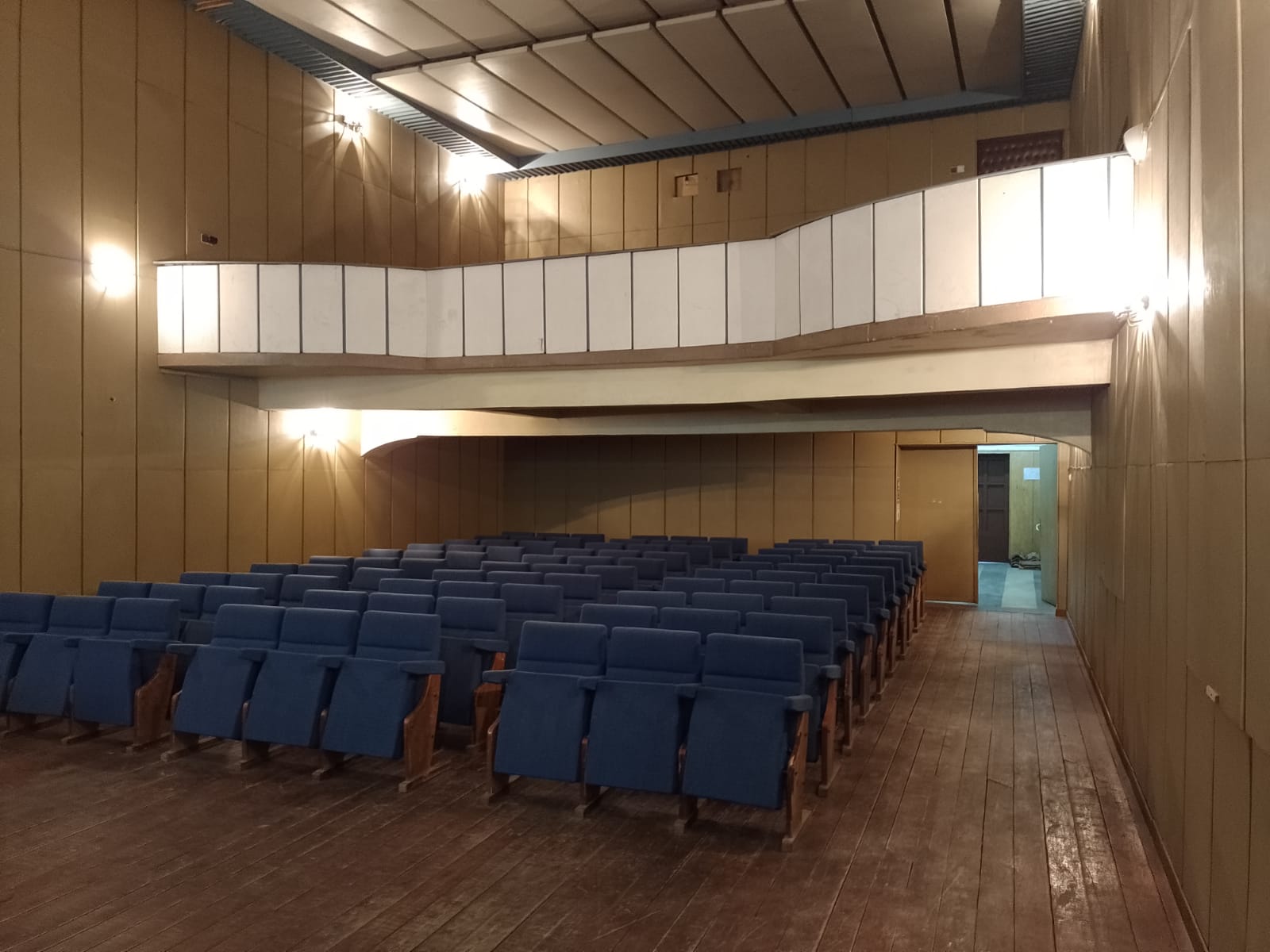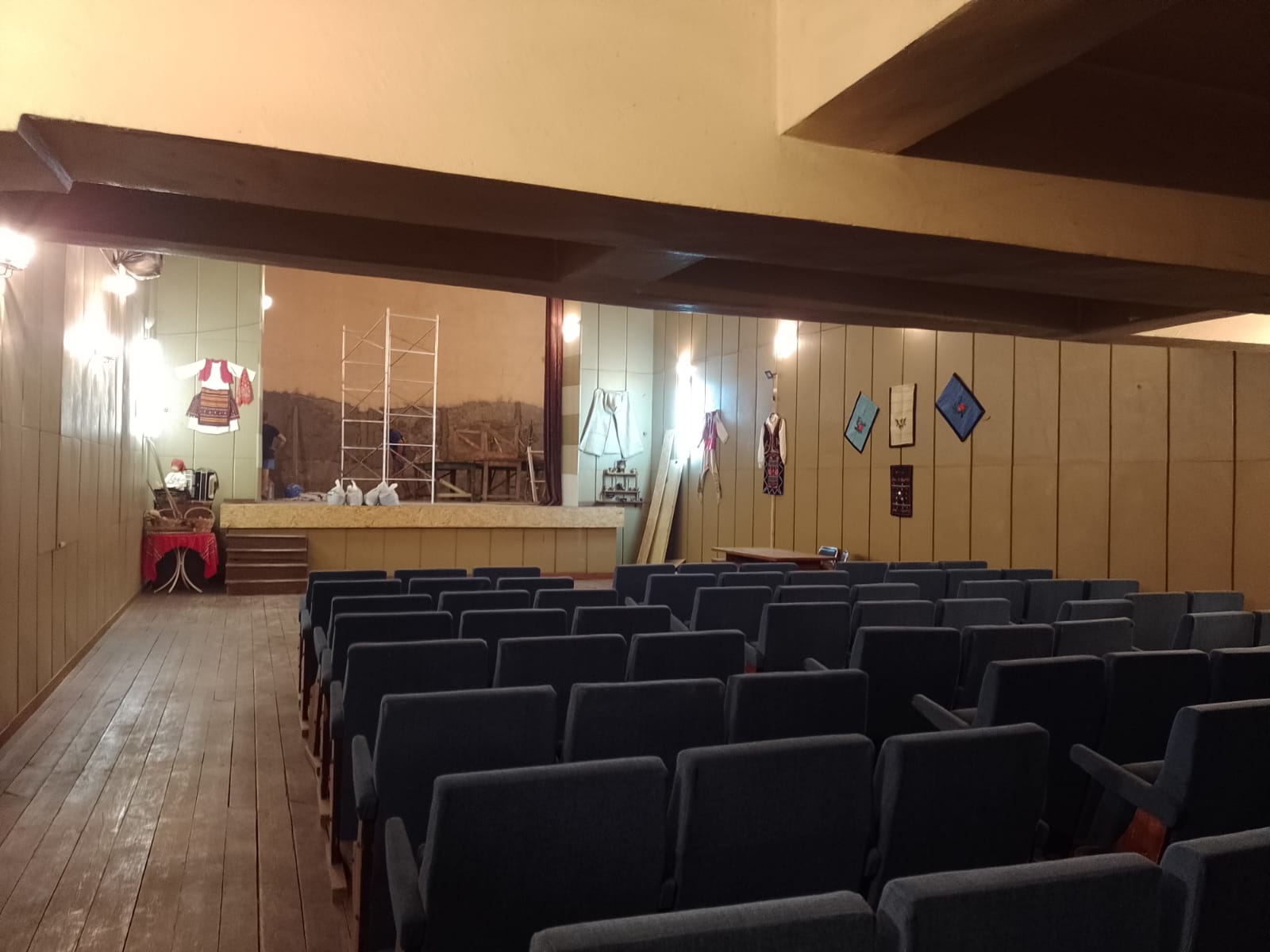Vyara:
Hello, hello! This is week 16!
I like to keep traditions alive, that`s the reason why I am starting with weeks` blog with the foraging list I promised to create for every month of summer and spring! I present to you, the foraging list for July:
Our project coordinator Michaela Tsarchinska asked me share with you a homemade recipe for tincture for lungs she found while travelling in the Petrich region (in Southwest Bulgaria). Just one spoon (before breakfast) from this rich in Iodine tincture can help people with lung problems. You will need around 40 baby walnuts (please see picture) and about a little of 45 percent home- made rakia. All you have to do is to combine the two things and leave them to ‘’mature’’ for a month. After one month you should strain the liquid and voila! you have a homemade medicine!
Pictures credit to Michaela Tsarchinska, collage made by Vyara
P.S. We are not doctors, we believe in natural medicine. Please advise with your general practitioner before consuming.
I know that it is only the middle of July, but a lot of people around me have started preparing conserves for winter, thinking ahead for their food banks for the winter months. Usually at this time of the year, I am starting to look around for flowers and vegetables, which have gone or are going to seed. I see seeds as a form of food preservation, because they preserve the food security for the future. Every permaculture farm should aim to be as self-sufficient and as resilient as possible and I believe that the key to self-sufficiency is seed saving. Growing non-hybrid, open pollinated seeds make you and your plants more resilient, and the seeds (and plants) adjust to the changing climate every year.
Before I dive deep into the topic, I want to let you know that this is part 1 of 3 mini blog articles. This topic is wide and very important and it deserves the appropriate attention. This week I will explain more about the different types of seeds, seed saving in the past and why it is important.
I often ask gardeners if they practice seed saving and very rarely the answer is positive. I recently went to a gardener’s shop and I realized that every time I go to garden centers there are so many seed varieties on display, from different brands, and from different countries available all year round. I realized that this convenience is probably the reason why most gardeners don`t collect seeds from their beloved plants, it`s much easier to buy cheap seeds, than to go through the hassle of collecting them. But let me tell you a little bit more about the history of seed savings and why it matters to save your own seeds.
In the past
The practice of saving seeds is as old as agriculture itself. Our ancestors did not have garden centers, where they could go buy seeds, they had to rely on themselves. The crops from 10,000 years ago are not the same ones we are eating today, years of selective growing have shaped what we eat today. The seed savers of the past have shaped the vegetables, grains and fruits we enjoy today, dense flavor, nutrition and adapted crops are all things we have to thank them for. However, the context of seed saving has changed drastically in the last 200 years due to corporate control and the climate crisis.
Today
Most seeds we can find in the stores today are most likely owned by a commercial seed supplier, probably treated with insecticides, fungicides and may even be genetically modified. Of course, there are small independent companies out there who offer regionally adapted, organic and/or biodynamic seeds. You can buy ‘’good’’ seeds from those places and then start saving your own.
Why saving your own seeds matters?
The seed, just like every living thing on the planet, contains DNA, the code in that DNA tells the seed`s cells what to do, how to look like, what to tun into. Regionally-adapted seeds are those that have been grown, saved and collected in a specific location for at least one growing season. These seeds have leant from their environment, they created a specific DNA code, where there they coded the specific weather patters, soil types, season length, local pests ect. These adaptations help your garden become more successful and eliminates the need for chemical inputs like pesticides and fertilizers. In comparison, the store-bought seeds don`t have ‘’lessons’’ and familiarity with the surrounding eco systems.
Types of seeds
I am sure that most of you are familiar with the hybrid seeds, but for those who aren`t I am going to explain a few things about them. Often labelled as F1, hybrid seeds are deliberately produced by companies through careful pollination of two specific varieties, in order to create a third one. This selective breeding is done to bring together two features in each of the chosen varieties, so that the resulting seed has both of the traits. Say you have a great looking tomato, sweet and juicy, but this variety gives very few tomatoes. On the other hand you have second variety, which is not so tasty, but produces a big number of tomatoes every growing season. Combined together they can produce the perfect tomato!… but there is only one catch- plants grown from hybrid seeds usually do not produce viable seeds. This means that the seeds can`t be used to grow the same type of plants, or the seeds won`t germinate at all.
Open pollinated seeds are the seeds produced by a plant, which was pollinated by bees, moths, birds, wind or rain ect. The seed, which is formed produces the same plant the following year. Because there are no restrictions on the flow of pollen between individuals, open-pollinated plants are more genetically diverse, there can be a lot of variations in the plants and fruit.
Heirloom varieties are the oldest type of seeds, passed from generation to generation. The changes in the seed DNA occur during their development and happen naturally, over the course of many years. As you can guess heirloom seeds are never hybrids or GMO`s, the plants have proven taste qualities, are hardier and pest resistant.
An important thing to mention is that all heirloom seeds are open pollinated, but not all open pollinated seeds are heirloom. Seeds that are open pollinated have been pollinated via natural means, which may include insects, wind, birds, or any natural method. Heirloom varieties of plants have been saved and passed down among members of a family or community for generation, that`s why they are so precious and should be conserved.
I bet you didn`t know seeds can be complicated! Will tell you more about them next time!
Renzo:
Hello all!!
This week I will show you with photos what kind of activities I carried out or in which I participated. It was a very varied week.
I cleaned beds in “Comfrey Yard”
the beds after cleaning. We only left the comfrey plants, as its leaves are an excellent natural fertilizer, it will also help capture nutrients from the soil and aerate it.
applying wool as a mulch around the currants.
with Mali and Catherine in Suchi Dol.
placement of wool mulch
opening up the soil of the beds for sowing new crops
cleaning of beds and use of some plants as mulch in Sunny Yard
meeting with Galya, the coordinator of the theater and library who showed us around in the old building
traditional costumes and attributes hanging and lying around in the building that show some of the village’s ancient culture.
In the meeting with Galya she explained to us the upcoming event she will organise in September to raise money for renovation of the roof. We decided to help her in the preparation and on the day itself.




